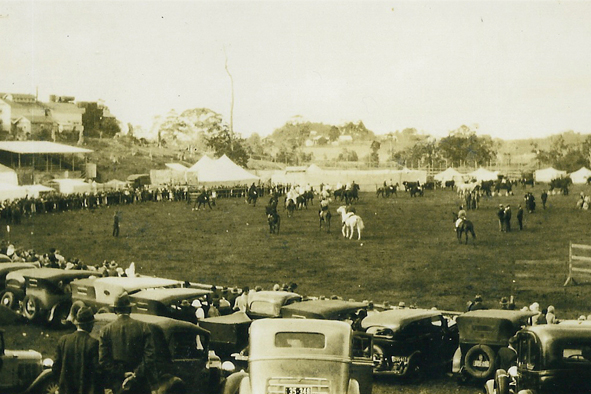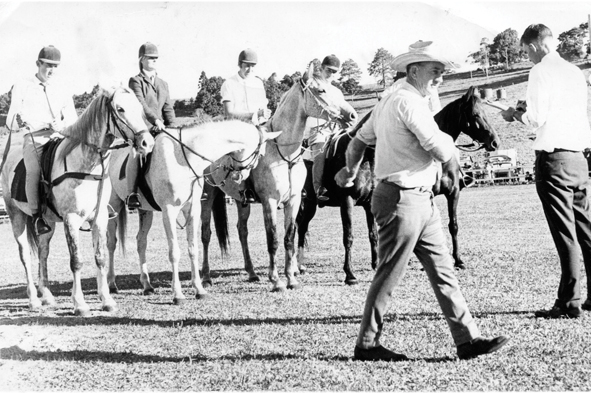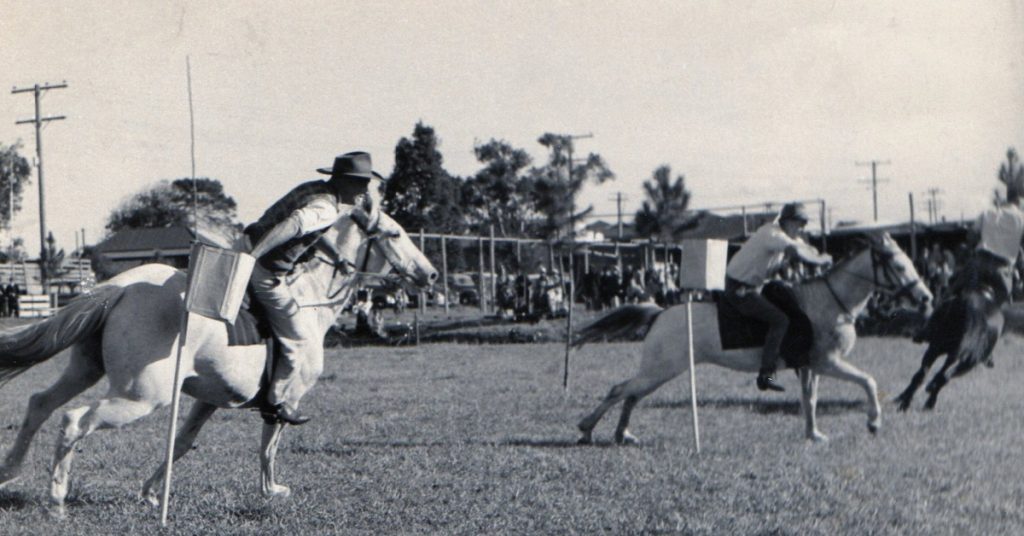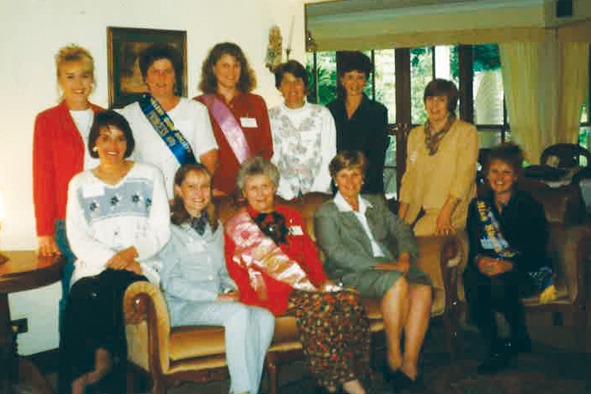From the pages of the special 8-page commemorative edition pull-out, inside the GC&M News March 29 edition. To read the pull-out in it’s entirety, click the link above.
In 1922 a meeting was called to discuss the advisability of forming a Show Society, a society called the Agricultural Industrial Pastoral and Recreational Society (rather a grand name – commonly called the A.O.P&R. Society). Mr Charlie Bryce was elected president and Mr Gilbert Sutton Secretary.
The early shows were chiefly Horse and Cattle shows with exhibits in the Pavilion. We all competed in the Best Boy of Best Girl rider under 6 years up to about 14 years.
I was talking to Isobel (Bryce) about the wonderful Welsh ponies her family had.
They won everything in their class.
Competition was very keen in the pavilion where district exhibits were staged in each corner. Wootha, Witta, North Maleny and Reesville were the main contenders and women spent many hours with their preserves, jams and cakes as well as knitting and sewing.
Feelings ran very high over which pickles or preservatives were best and some cross words followed.
Probably the best part of the show for us kids was the side shows. The same ones came each year: Madame Cora, the fortune teller; Jimmy Shardon’s boxing troupe offering to fight local lads, 5 pounds if he could last so many rounds; the Fat Lady, putting on shows for the men only, a kind of stripper who would get down to the black tights and for another two bob would take the black tights off only to reveal the pink ones underneath.
The “less conservative” would take great delight in seeing the “more conservative” taken down.
We had merry-go rounds and chair-o-planes but none of the rides which are so popular today.
With the side shows about every three years would come the gypsies.
They would go up and down the streets in the afternoon and want to “bless the money”. They went into the shops where most people had open tills on the counter. They wanted two shillings to bless the place and would quietly slip an extra two bob out of the till.
Then about midnight there would be a great commotion from the fowl yards and the next morning the chooks would be gone.
Towards the end of the 20s it was decided we needed a grandstand, so the “civic fathers” contributed 40 pounds each and they became life members.
I heard one chap say “the grandstand was use to neither man nor beast”, so it was pulled down the liquor Booth built instead. No doubt that had much more use.
Poor Jo McCarthy always celebrated the show and one year lost his tooth in the creek behind the booth. About five years later he drowned in the creek after falling over going up the hill and rolling into the water.
Of course the show was a big event fashion-wise. The ladies all needed new outfits for the show and very grand they were too. It was the year that Hinkler flew to Australia. The governor was coming to open the show.
So the president’s wife went off to Brisbane to buy her outfit. She bought this cute little toque type hat with ear flaps – a Hinkler hat.
Meanwhile Bess Beard who bought for the local drapery went buying too – and came back with 12 Hinkler Hats, so there were 13 of the same hats at the show.
What we wear at the show today is not so important but the Akubra hat, checked shirt and elastic side boots have become almost a uniform.
Main image: FJ Fleiter Whole of farm display





